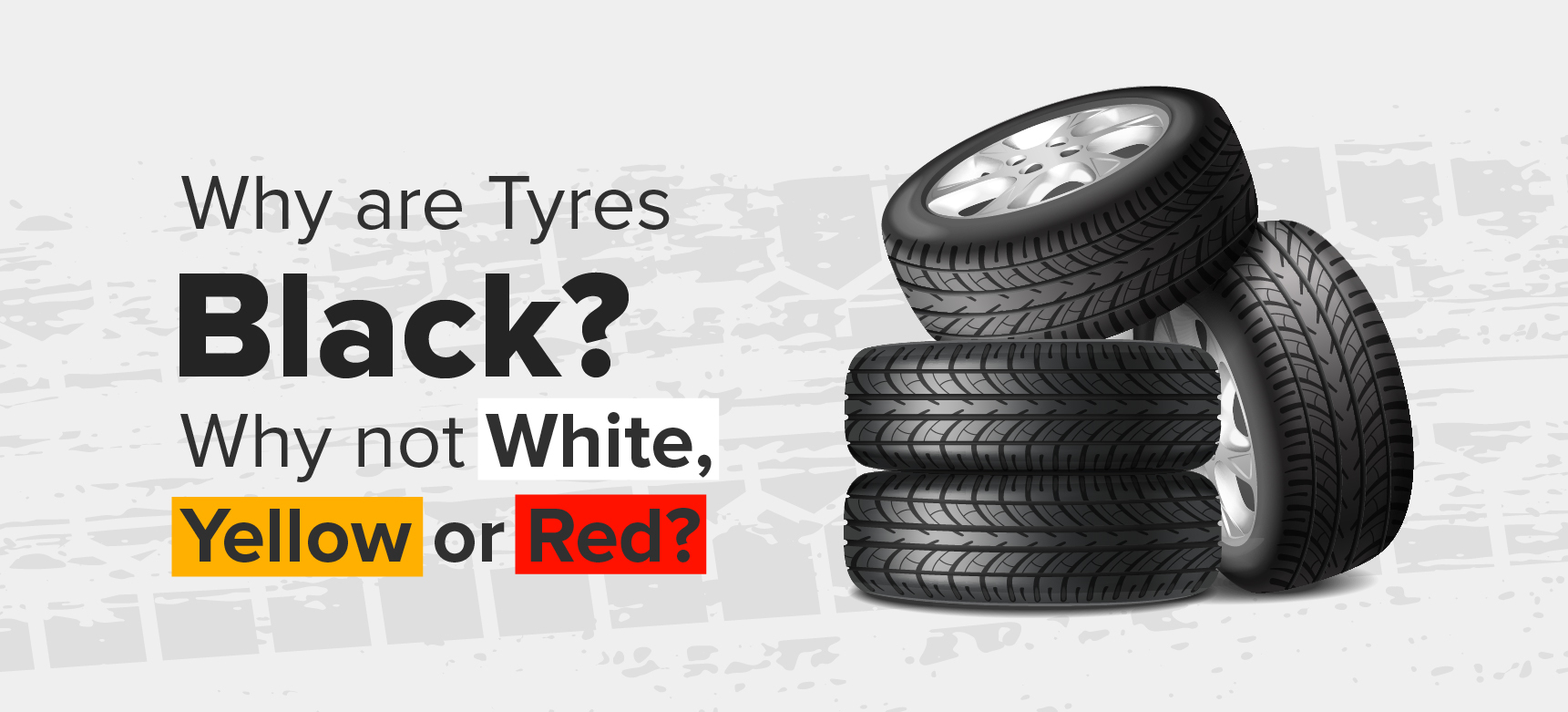
Happy, a man who loved colours, was driving down the road to a colourful city. All the houses and buildings around him were painted in different colours and hues. Happy parked his car and took a look around the street. Everyone was wearing clothes of different colours. There were children in reds and blues and adults in yellows and greens.
Everyone and everything around Happy was splashed in a different colour… except one thing, and his smile faded into a deep frown when he saw it. He looked around and everywhere they were the same colour. No matter where he looked. The tyres of all the vehicles around him were black. When everything else in the world was so colourful, why did all the tyres have to be black?
Before we address Happy’s unhappiness and jump into the study of the blackness of tyres, we need to understand where the rubber (used to make the tyres) comes from. To understand this, we need to begin in the forests of Southeast Asia.
How is rubber obtained?
Rubber is naturally obtained from a sticky white substance known as latex that originates from tree sap. Latex is sticky, milky, and white in nature. To remove the latex from rubber trees, the harvester must make incisions into the bark. Once these incisions are made, the white liquid emerges and starts flowing down the cuts. This white liquid is stored and then treated with acid to make natural rubber.
Nowadays, around 90% of natural rubber is produced in Asia, with Thailand and Indonesia being the most important rubber suppliers (supplying more than 60% of the world’s natural rubber).
From the lush green rainforests of Southeast Asia, we now have to visit a tyre manufacturing factory to continue this story. What we first see is a huge lump of natural white rubber entering a machine. Yes, the natural rubber is still white. Then you would see workers adding some synthetic rubber, which also isn’t black in colour. The question still remains. The next step in the process is where the colour change occurs when the workers add “carbon black.”
Carbon black is just carbon in the form of tiny particles. It is a byproduct of fossil fuels that undergo incomplete combustion. Carbon black is one of the blackest substances in the world and is the ingredient that gives the black colour to tyres. Now, you might have a new question: What is the need for carbon black? Carbon black is known for its ability to act as a reinforcing material. It increases the strength of the tyre and boosts its durability. Carbon black also helps to dissipate heat away from key parts of the tyre, like the tread and belt areas. When a tyre runs on the road or any surface, heat is produced due to friction. This heat may damage the rubber tyre and reduce its life.
After learning that white natural rubber turns black during manufacture because of carbon black, you might wonder if tyres have always been black. To answer this question, let’s journey into the past for a bit. How about 1900s New York? Although there weren’t too many cars around during this period, the ones that did exist, along with other carriers using rubber tyres, had their tyres in white! So tyres haven’t always been black!
In the early days of rubber tyres, they were actually made in white, and later, to increase their strength, they were coated with soot that made them black. Slowly, after years of research and production, the soot was replaced by carbon black, keeping the black colour of the tyres iconic and nearly universal.
After journeying through different countries and timelines, now Happy knows that the tyres of all the vehicles around us are black because of carbon black, a substance used to reinforce the tyres. Though we had originally found the idea of exclusively black tyres in a world full of different colours appalling, knowing that the black colour keeps our tyres (and ourselves) safe from accidents makes it much easier to tolerate! With this knowledge, Happy lived happily ever after!
When did they stop making white tyres?
Most manufacturers had stopped making whitewall tyres by the beginning of the 1960s. This trend is noticeable in the 1950s as well, when the whitewall stripe width began to shrink. The biggest shift happened in 1962 when regular cars got equipped with black rubber tyres.
What does a red dot on my tyre mean?
The red dot indicates the tyre’s high point. Most of the time a wheel will also have a dot—either a drilled dot or a sticker to indicate its low point; if you have these marks, you should align the red dot with the mark on the wheel and ignore the yellow dot.
Do tyres expire?
While there is a manufactured date, there is no official expiration date for tyres. Tyres do not expire like how you would imagine food expires.
Who invented the wheel?
The ancient Mesopotamian people are widely believed to have invented the wheel around 4200–4000 BC, It is likely to have also been invented, independently in China, around 2800 BC
Is tire a rubber?
Although rubber is the main material used in tires, there are many others. Some tires are composed of as many as 200 different raw materials, which are combined with rubber compounds to create the various components of a tire’s construction.
Raza has been writing since 2008, be it fiction, poetry, or articles on science, politics, and history. He believes that words can change the world, and he uses them to inspire and empower people through his writing. When he is not working, he is watching nature documentaries or playing with his cats.